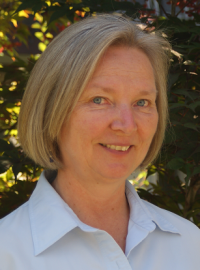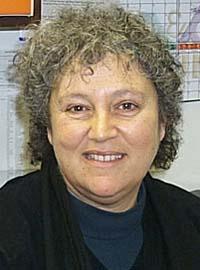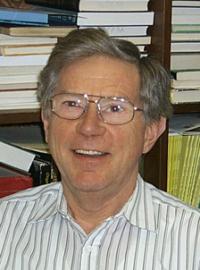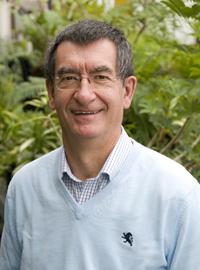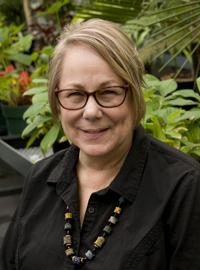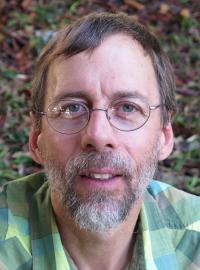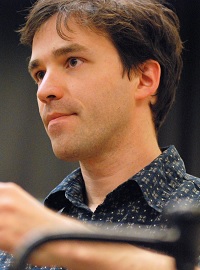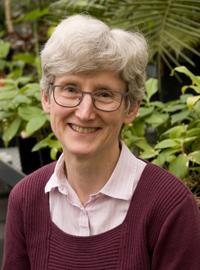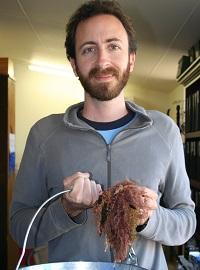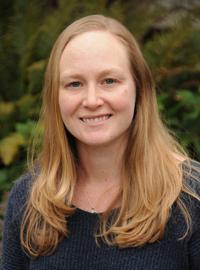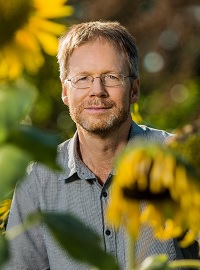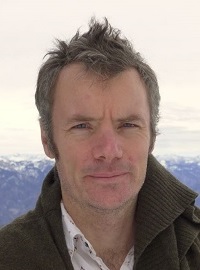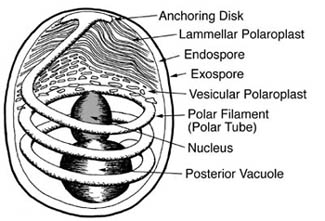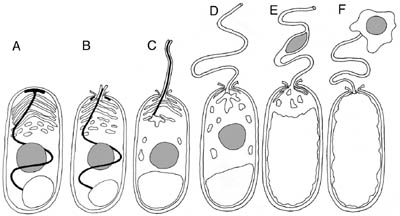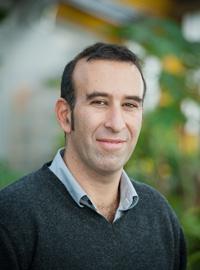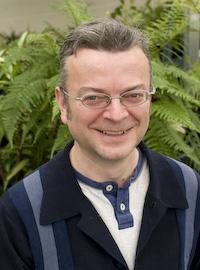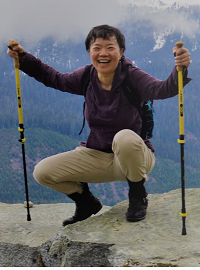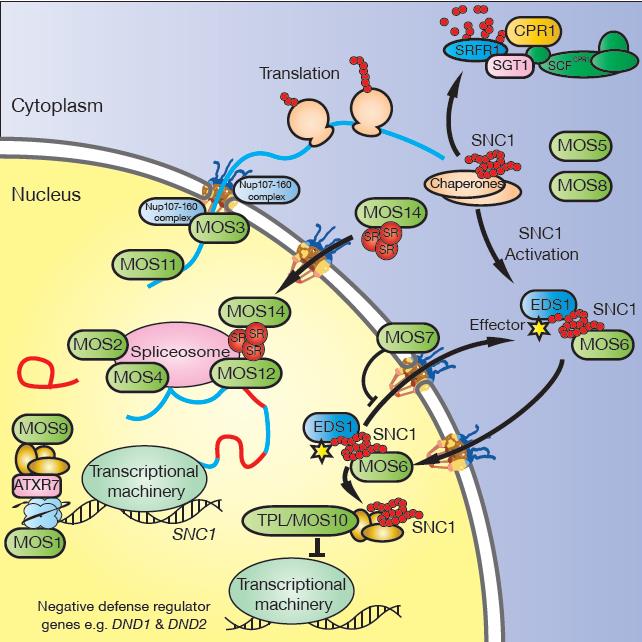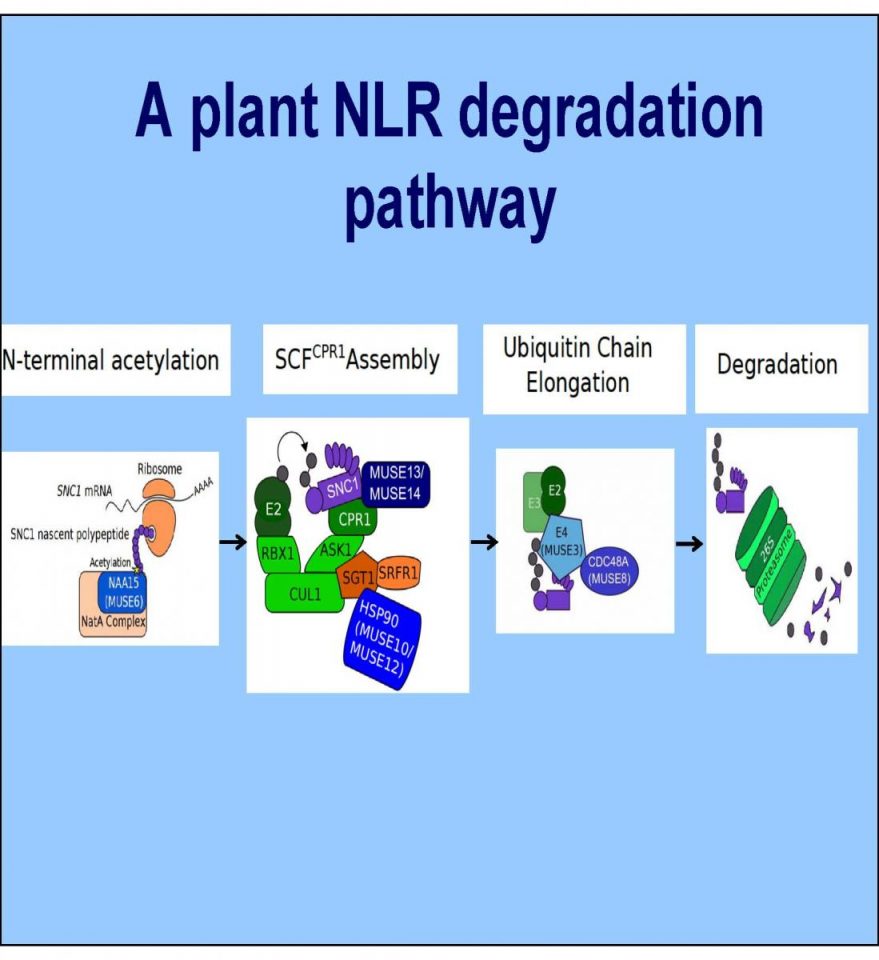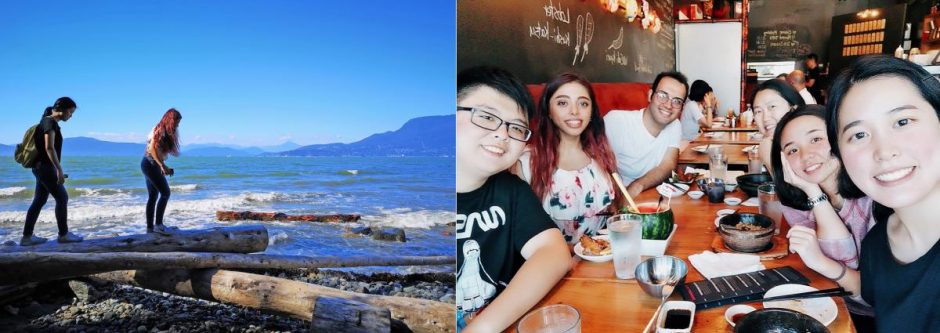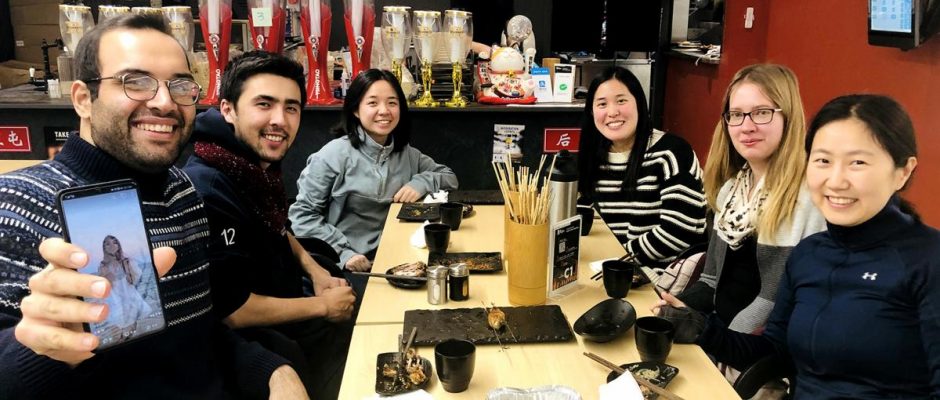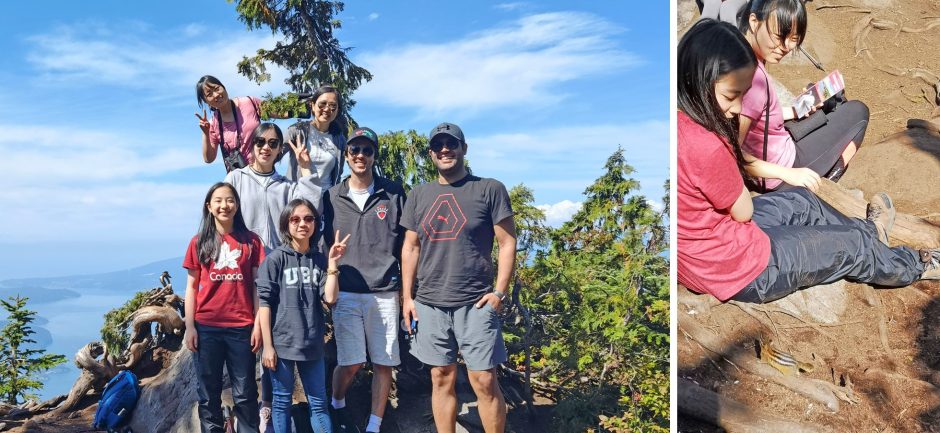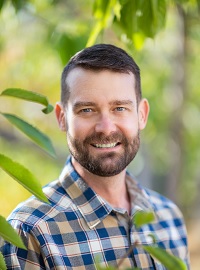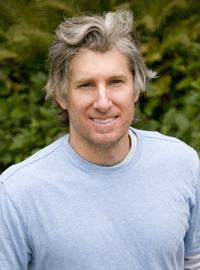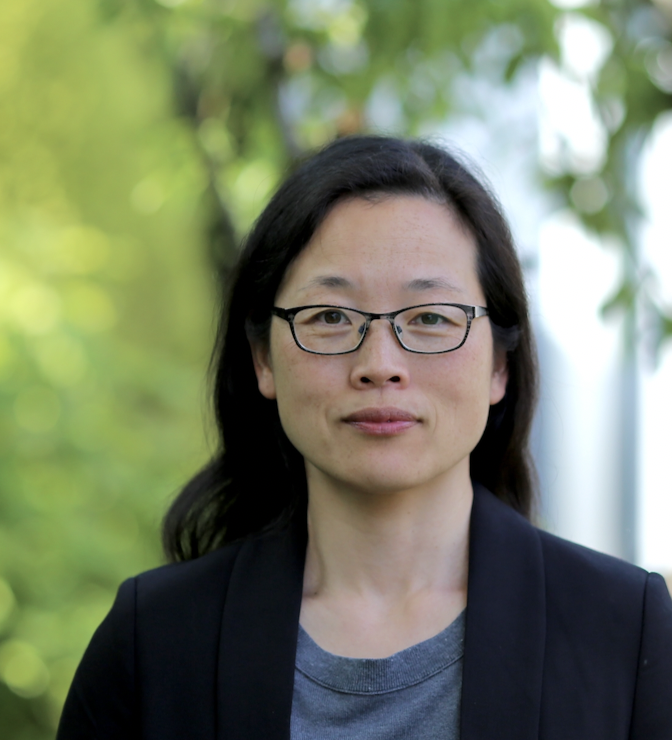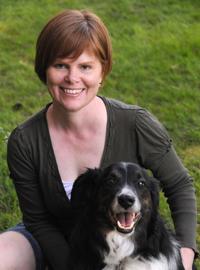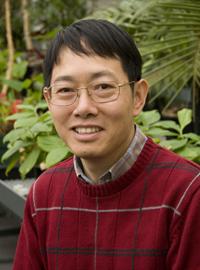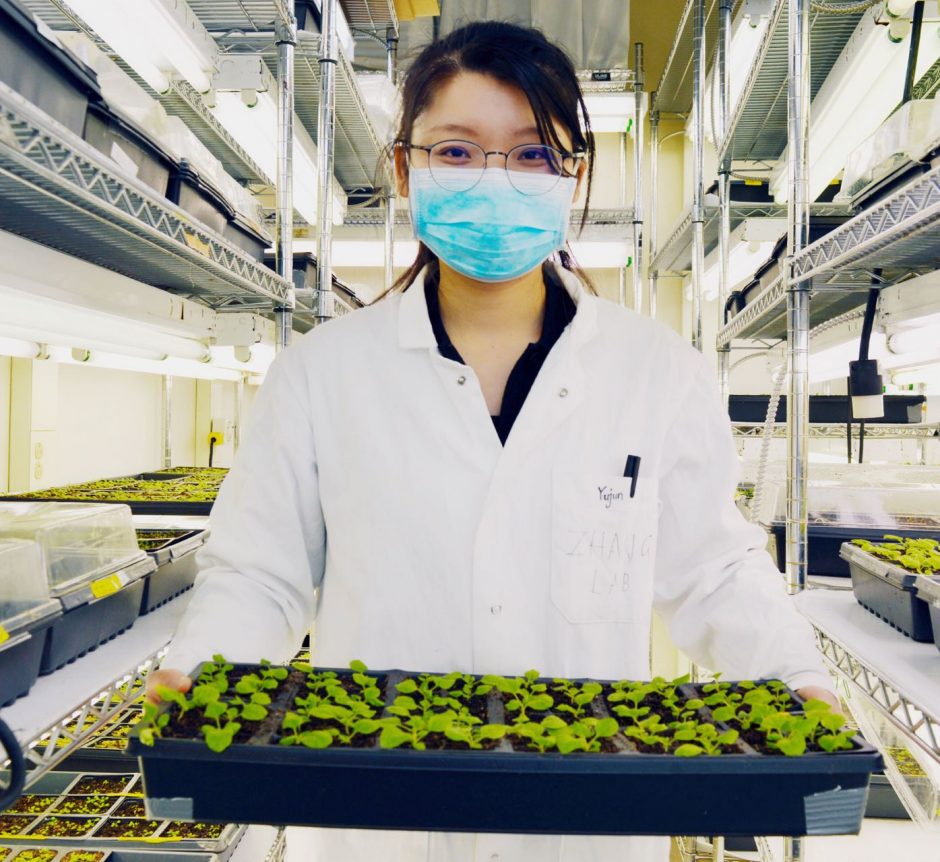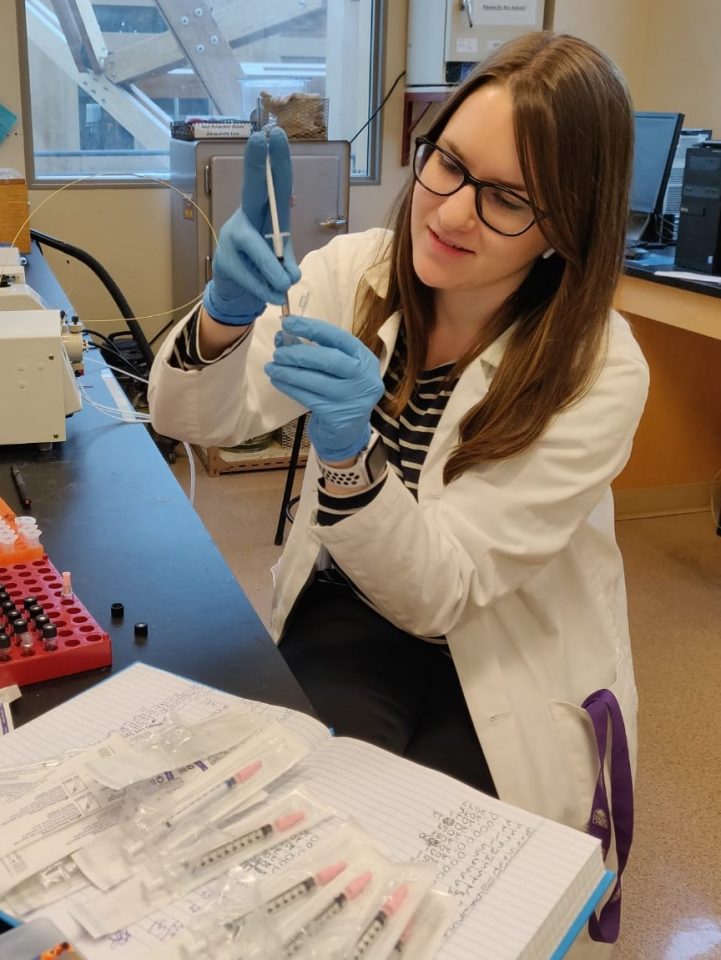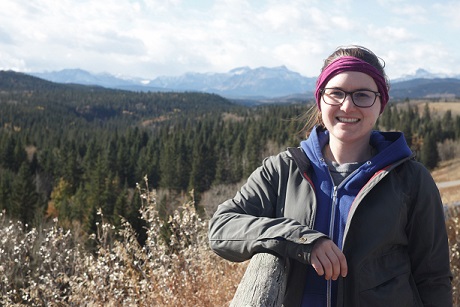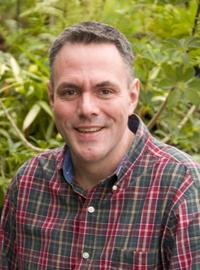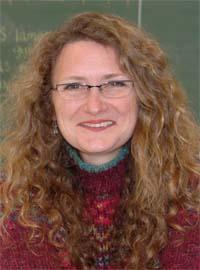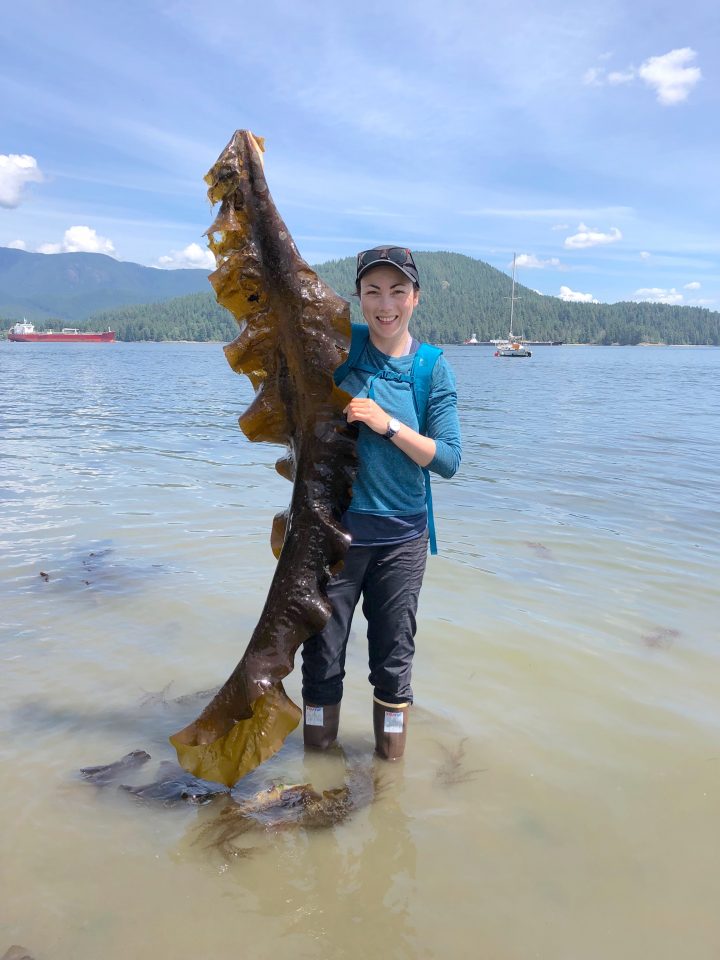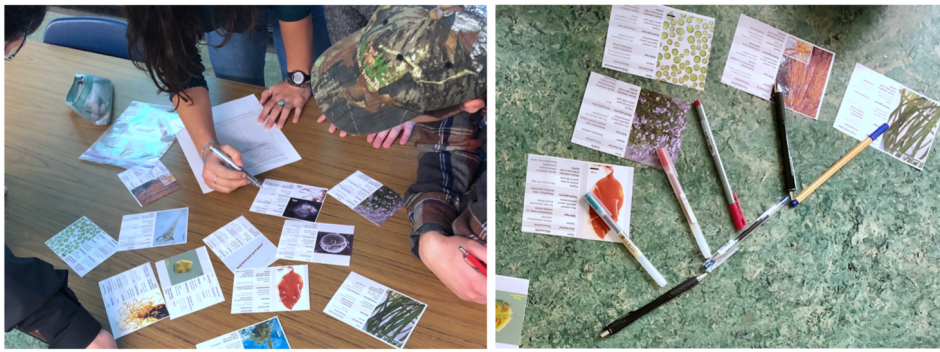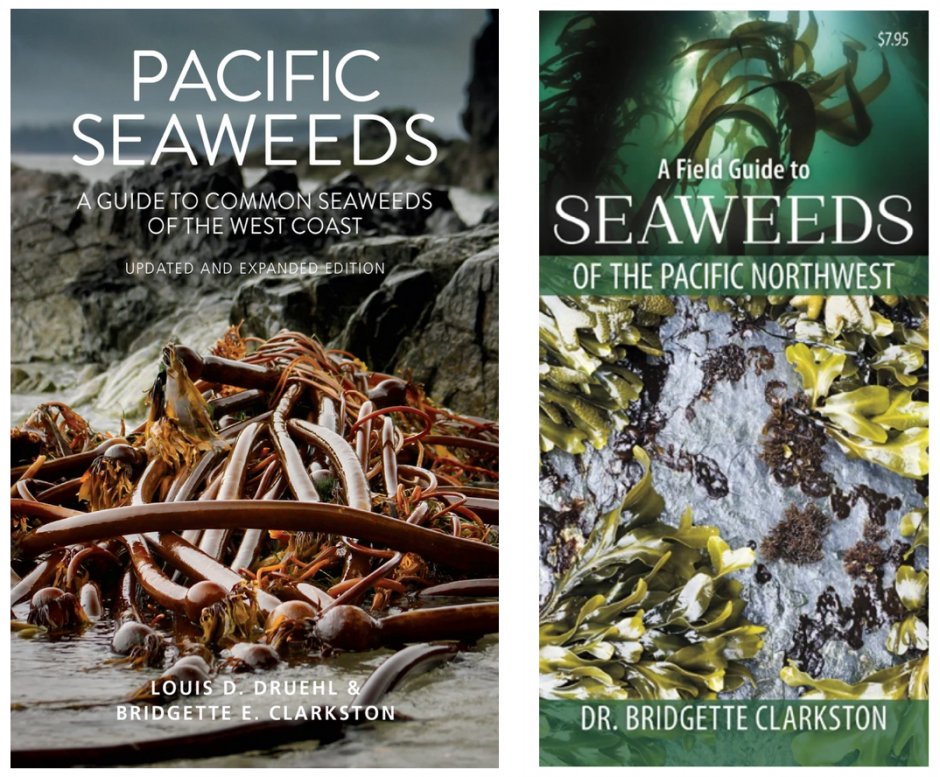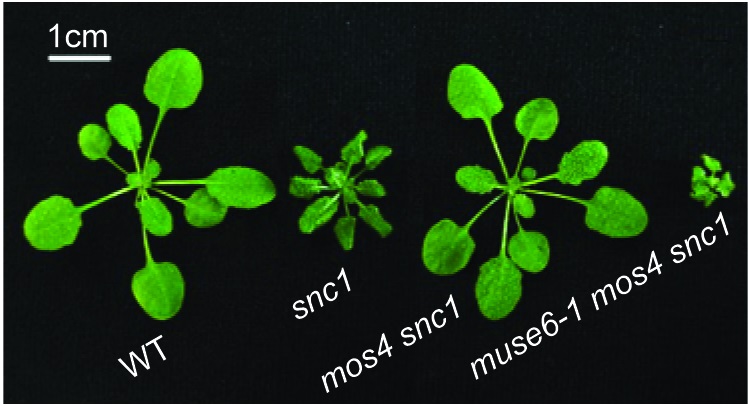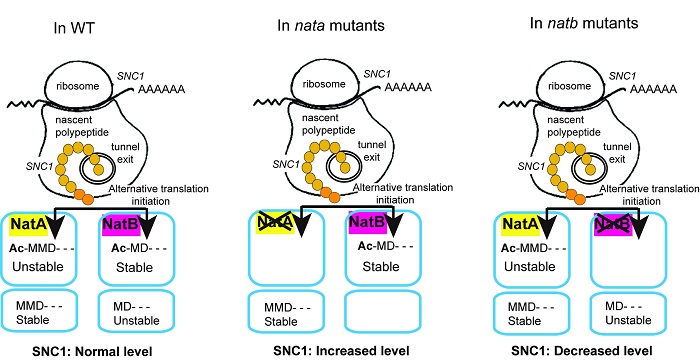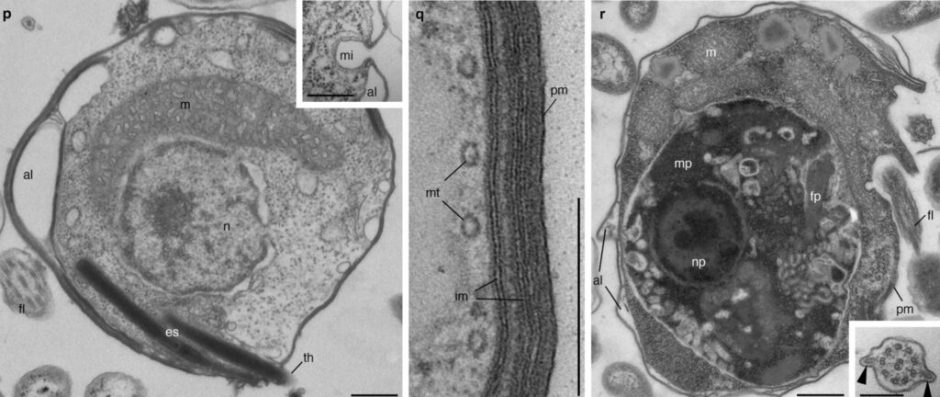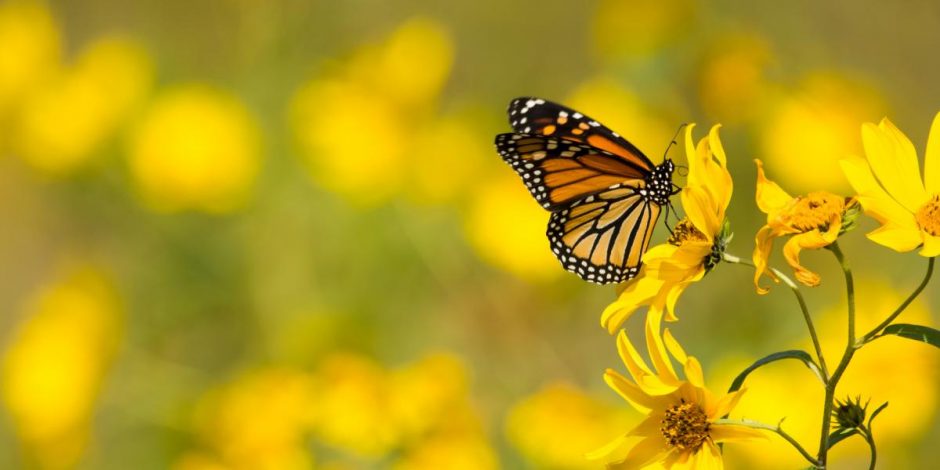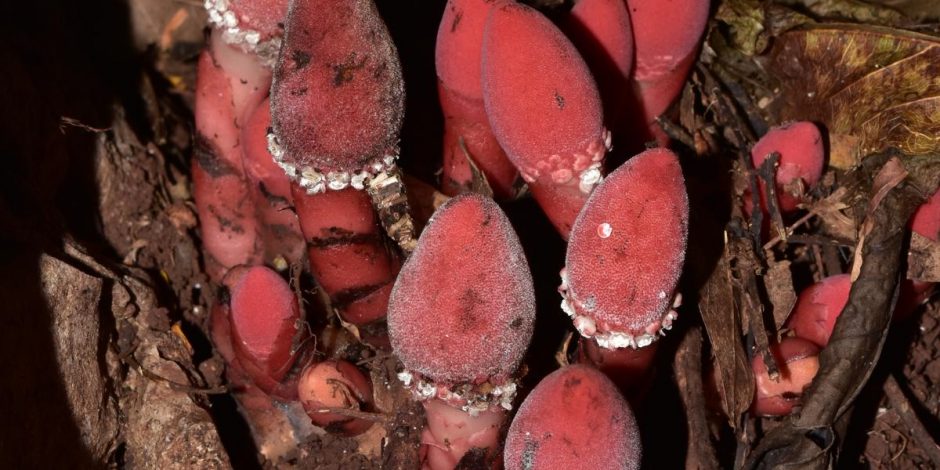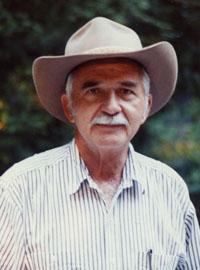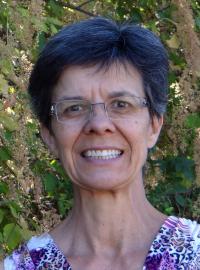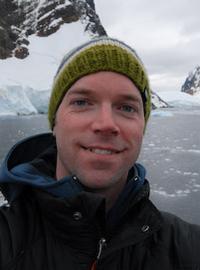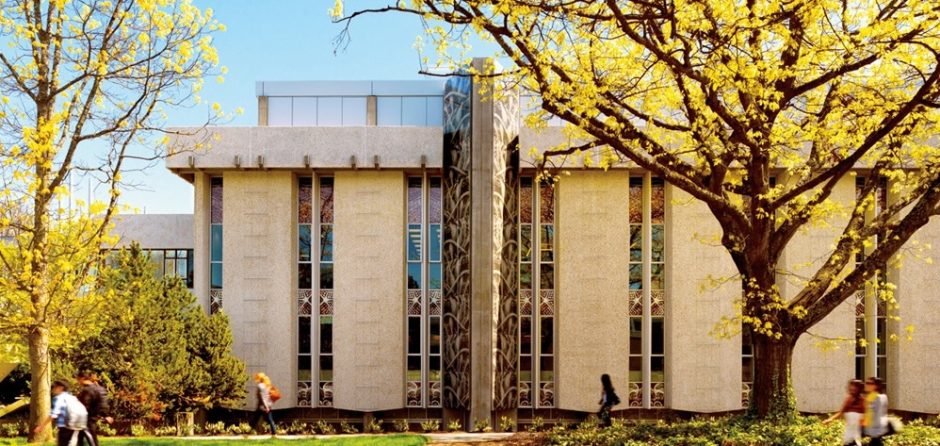
Jack Reiser Maze was born in San Jose in 1937 and grew up in Hollister, California. His mother, Marguerite, was a schoolteacher and his father, Theodore (a.k.a “Dud”) was a mechanic. Jack did his undergraduate studies at Humboldt State University (College at the time) in northern California, received his MSc (MS) at the University of Washington, working with C.L. (“Hitchy”) Hitchcock, and his PhD at the University of California, Davis, with John Tucker, “Old Man of the Oaks.”
Jack had the good fortune to meet Ellie Spencer in college, and they were married in 1961. They moved to the University of Toronto, where Jack discovered the contrast between the diverse central California flora (variation within a few miles) and Ontario (where a drive 100-200 miles north revealed little floristic difference). Jack was on a collecting trip in Washington State when he became interested in moving to UBC. He called the Botany Department Head Neil Towers, who told him that Botany needed teaching in the areas of anatomy and ecology. Acceptance was easy because in 1967-68, U of T had not even started to look at renewing contracts for young faculty and other universities were expanding.
On arrival at UBC he found a friendly welcome and a great mentor in Janet Stein who sat and listened and gave good advice. Botany wanted teaching in anatomy, ferns, ecology, and the inevitable assignment to teach Biology 101. Jack noted that he survived from lecture to lecture in Biology 101.
Jack developed his research path by continuing the study of grass development that he began as a student at U of Wash. and later at U of T. He drew on his training in classical taxonomy from his MSc work at U of Wash and the skills in microscopy and anatomy that he learned from the great plant anatomist Katherine Esau during his PhD studies at UC Davis. He looked for ways to study plant embryos along with other reproductive and vegetative structures that could lead to unifying ideas between plant development and evolution.
One of his first collaborators at UBC was Bill Parker (MSc, Forestry 1972; PhD 1975 with Bruce Bohm). They discussed ways to link forms in juvenile and mature true firs in north central BC and how to quantify this variation. Parker’s skill with a rifle allowed him to shoot samples from treetops to collect tips from 30-60 metres above the ground and then make cone measurements from older and younger parts of the same tree. These measurements were subject to more sophisticated analyses when Jack collaborated with Gary Bradfield, who showed many colleagues the value of Principle Components Analysis (PCA). Gary had worked with L. Orloci, a student of forest ecologist V. Krajina.
Cyril (Cy) Finnegan was an embryologist in UBC Zoology who later became Dean of Science. Cy taught Zoo 400, the History and Philosophy of Biology, a course that Jack loved and taught after Cy retired. Jack encouraged students to sit in on Cy’s lectures even if they weren’t taking it for credit – several students and a few faculty took this advice and gained a deeper understanding of the structure of science and its applications in biology. Jack and Cy had many theoretical discussions on development and evolution that over the years led to the publication of a few adventurous papers on the idea of species as a virtual code with Edwina Taborsky, who studied semiotics.
Jack’s interest in the relationship between development and speciation grew deeper after he met systematist Dan Brooks from the Department of Zoology, UBC. Dan was working on a book, Evolution as Entropy, with another systematist and fellow cladist, Ed Wiley, invoking the Second Law of Thermodynamics as the underlying drive for self-organization and the emergent phenomena of ontogenesis and phylogenesis, or speciation, based in part on the chemical observations of Ilya Prigogine and his colleagues. Rob Scagel read several relevant papers by Brooks and found that Dan and Jack agreed that information theory could provide a useful analysis of energy as information that is carried in cell walls as cellulose, for example, and that organisms and species can be viewed as energy systems. Discussions and collaborations between Jack and students Rob Scagel, Kali Robson, and Mishtu Banerjee, led to another question – are populations really the relevant level of organization in evolution? Peter Sibbald added excellent computer skills to the idea that there was much more information in DNA and devised statistical approaches in terms of ‘bit per base’. Most information density was in doublets, he found, and this was a way to ensure information transfer.
Jack’s interest in grasses continued throughout his career. He and Rob Scagel collected specimens of Nelson’s needlegrass (Achnatherum nelsonii) and Richardson’s needlegrass (A. richardsonii) for study. On a field trip near Kamloops in 1983 they were excited to find hybrids between the two and collected them all for their ongoing multivariate studies comparing changing variable correlations in homologous structures.
Species membership in complex organisms can only be expressed through the development of individuals, and this relationship intrigued Jack. He gave a departmental seminar in which he discussed the changes in hybrids compared with the differences between juvenile and adult stages he had been studying with Rob Scagel. He related this to changing organization, emergence and non-Darwinian views of development and speciation. Vladimir Krajina was not amused and told Rob that he was a good botanist, but he had fallen under the evil influences of those who deviated from the standard concepts of fitness and selection in the study of evolution. There was a photo of Jack with a frosted beard taken when he was on sabbatical in Saskatchewan visiting Taylor Steeves, and this was transformed into a logo drawn by a PhD student of Bob Scagel, Jim Markem, with the motto “Evil Influences.” Jack loved it and made it into letterhead – typical Maze sense of humour.
It seemed that this was a good time for another application to NSERC given that in the 1980s DNA content had been described in terms of information. As always Jack persisted in his efforts to raise the importance of “information”, and other projects led to collaborations with Pat Bowen (Agriculture Canada) who linked grape leaf development to temperature. Kali Robson (MSc 1986) was fascinated by Jack’s approaches to quantification and comparison and applied them to Balsamorhiza growth in her MSc and beyond. Jack was also interested in rare grasses, including the diminutive Henderson’s ricegrass, Achnatherum hendersonii. During the 1990s, he and Kali compared the variation in measured structures of this grass with Lemmon’s needlegrass, A. lemmonii, and other widespread species growing nearby. He also worked on rare and common grasses with Jill Rapson, an ecologist from New Zealand. On a collecting trip in eastern Oregon, Jack and Kali came across another little ricegrass that turned out to be a new species. Jack called it A. wallowaensis, naming it for its home in the Wallowa Mountains instead of for an obscure botanist. In 2022, Jack, Cindy Roché and James David published a paper on this rare grass and its lithosol habitat.
Jack taught a variety of courses in Botany and in the Biology Programme as well as in the Arts 1 Programme, where he became good friends with co-instructor Dr. Brandon Konoval from UBC School of Music. Jack believed that students should understand sharing facts, information and the value of correlations. It was one of his goals that they should hear unconventional things. He offered the idea that DNA was the servant of cytoplasm, and not the other way around. He was talking about epigenetics at the level of morphogenesis and structural organization. One of his Arts 1 students accused him of trying to warp their minds; he replied that he was paid to warp young minds. Students loved him for it.
Jack appreciated plants for themselves and spent time in the herbarium with colleagues including V. Krajina (whom he respected despite their disagreements), Kay Beamish and bryologist Wilf Schofield. He collaborated on essays about aesthetics, about the importance of the intrinsic beauty of plants.
Jack’s doctoral research was on oaks, on hybrids between bur oak, Quercus macrocarpa, and Gambel oak, Q. gambelii. He concluded that hybrids persisted as stable populations even after one of the parents had vanished from an area. The cultivated hybrid, Quercus ‘Jack Maze’ is available from commercial nurseries. It is grown in some public parks for its form, colour and drought tolerance.
Students were drawn to Jack for his down-to-earth open-mindedness and his small office was often crowded. Arguments and ideas were illustrated on his little chalkboard, sometimes just for the fun of it. Ellie had Jack invite new students over for dinner, and their home was always open for parties and visitors. Jack’s students and others, including Brian Compton, who he shared with ethnobotanist Nancy Turner, along with Lacey Samuels, Shona Ellis, Naomi, Randy Thompson, Loyal Mehrhoff and Peggy Oyama became lifelong friends
Ellie passed away in 2014, after 53 years of marriage; Jack continued to live alone in their house on West 14th Ave. He enjoyed conversations with Cy Finnegan, and the whole Finnegan family. Jack and Ellie were also close with Bruce and Leslie Bohm and their family. Leslie was a skilled artist and had illustrated many of Jack’s publications. Jack organized several trips on the memorial of Ellie’s death in July to Colockum Pass, outside of Wenatchee, WA, where they had camped and done field work with grasses and conifers. It was their favourite place. These trips ended after 2019, when the Covid 19 pandemic hit, but Jack continued to remember Ellie every July with a small gathering of friends. Another homage to Ellie involved breakfasts with friends at the Sunshine Diner on Broadway.
In fall 2024, Jack had a series of small strokes and a fall that left him unable to walk. He returned home with kind caregivers including Natalie Williams as well as Armanpreet Kaur and her colleagues from ABC Home Support. Although he was bed-bound, Jack continued to write haiku and enjoyed telling stories. He and fellow poet Christine in Wyoming exchanged haiku daily. Nancy Turner and friends on Protection Island would send him inspiring photographs of nature, and he would send a haiku by return email. The week before he died, he had a last haiku published in The Avocet, an on-line poetry forum he had contributed to for many years. On February 26, 2025, Jack had a heart attack at home and died a few hours later at Vancouver General Hospital. Shona Ellis and Lacey Samuels, who supported him in his last months, were with him as he peacefully passed away.
‘Round the pool, Jack.
This obituary was based on Iain Taylor’s History of UBC Botany (unpublished), and recollections from Kali Robson, Rob Scagel, Mishtu Banerjee, Peter Sibbald, Lacey Samuels, and Shona Ellis.







